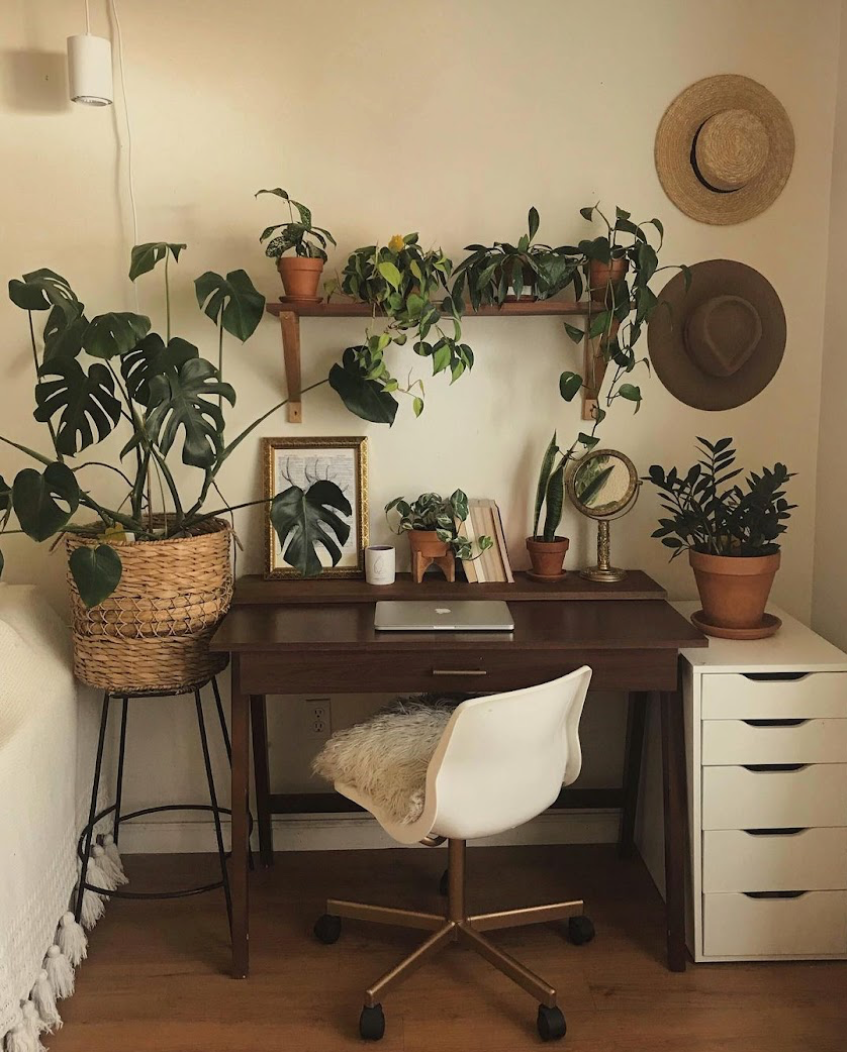What is SAD?
Seasonal Affective Disorder affects over 3 million Americans every year ranging from approximately 1 in every 100 people in Florida, to 1 in every 10 people in Alaska. SAD, also known as seasonal depression, is a mood disorder which affects individuals who have normal mental health throughout most of the year, but are affected by deep depression and other similar symptoms throughout the same time each year. Some of these symptoms can be very severe, including withdrawal from social interaction, thoughts of worthlessness, oversleeping, weight gain, difficulty concentrating, lack of energy, agitation, decreased sex drive, and even suicide.
Causes of Seasonal Affective Disorder
The leading cause of SAD is the reduced level of sunlight offsetting your biological clock or circadian rhythm which typically comes within the fall and winter months. The loss of sunlight can cause a drop in serotonin levels that triggers depression. Additionally this can disrupt your body’s level of melatonin which affects your sleep patterns and overall mood.
Current Solutions for Seasonal Affective Disorder
Since the leading cause of SAD is the lack of sunlight, the popular remedy is light therapy through a lightbox which serves to mimic the natural sunlight. Light therapy has proven to be effective with the patient sitting a prescribed distance, commonly 1-2 ft in front of the light box, with the persons eyes open but not staring at the light source for approximately 30-60 minutes a day. However, while the addition of supplemental light in one’s daily life has proven to be the most effective remedy for SAD, up to 69% of patients find the lightbox treatment inconvenient and as many as 19% completely stop use because of this.
A New, Green Solution to Seasonal Affective Disorder
However, another proven method to improve your mood is the addition of plants in your surrounding indoor environments. According to the Texas A&M University’s Department of Agriculture & Life Sciences,
plants generate happiness. Having them around the home and office greatly improves people’s moods, which reduces the likelihood of depression. They help people feel secure and relaxed, while increasing levels of positive energy and one’s perceived happiness.
Simply put, plants support a healthy body and a healthy mind. When battling SAD, it’s important to remember alternative remedies that can be easily incorporated into your daily life.
Hanging grow lights like the Aspect provide a beautiful and natural alternative to the obnoxious light boxes. This is done not only through allowing the addition of any plant such as lavender or a peach tree, but through its supreme light quality developed
specifically to imitate natural sun light. The Aspect boasts a 97 color rendering index compared to the sun’s 100. https://www.soltechsolutions.com/product/aspect-40w-black-plant-light/ If you or a loved one suffers from SAD, consider the addition of fresh, vibrant plants and a home full of light and life with the
Aspect, rather than facing a giant beaming box of light for a prescribed amount of time a day.
Sources
Nolen-Hoeksema, Susan (2014). Abnormal Psychology (6th ed.). New York, New York: McGraw-Hill Education. p. 179.
ISBN 978-1-259-06072-4.
Seasonal affective disorder (SAD): Symptoms. MayoClinic.com (September 22, 2011). Retrieved on March 24, 2013.
Seasonal affective disorder (SAD): Symptoms. MayoClinic.com (September 22, 2011). Retrieved on March 24, 2013.
Nesse, Randolph M;
Williams, George C (1996). Why We Get Sick (First ed.). New York: Vintage Books.
ISBN 0812922247.
Avery, D. H.; Eder, D. N.; Bolte, M. A.; Hellekson, C. J.; Dunner, D. L.; Vitiello, M. V.; Prinz, P. N. (2001). "Dawn simulation and bright light in the treatment of SAD: A controlled study".
Biological Psychiatry.
50 (3): 205–216.
PMID 11513820.
doi:
10.1016/S0006-3223(01)01200-8.
Brethour 2007, Collins 2008, Dunnet 2000, Etcoff 2007, Frank 2003, Haviland-Jones 2005, Hartig 2010, McFarland 2010, Rappe 2005, Waliczek 2000.
https://ellisonchair.tamu.edu/health-and-well-being-benefits-of-plants/#.WftKfGiPKUk




